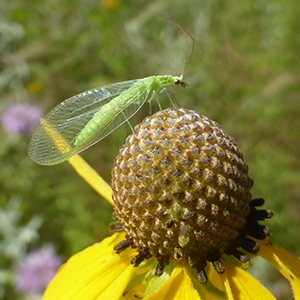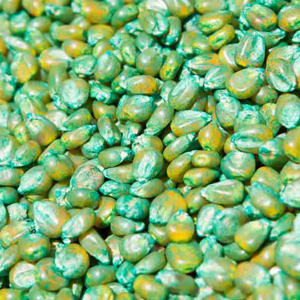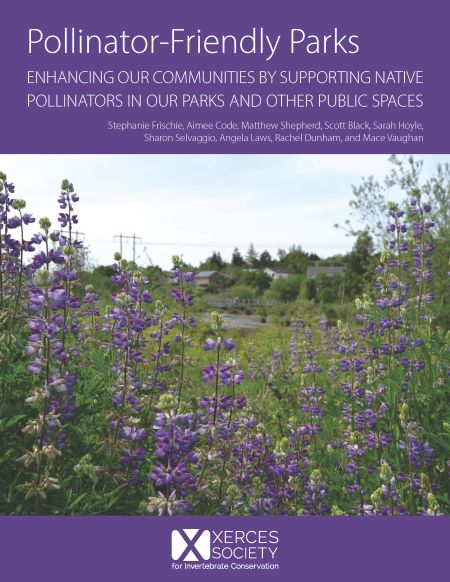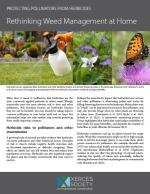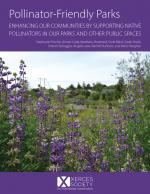Managing Pests While Protecting Pollinators
Whether conventional or organic, all pesticides can pose a risk to pollinators if not used properly. Learn about the risks pesticides pose to pollinators, what measures can be used to reduce harm, and the many alternatives available to foster alternative methods of pest control.
Ecological Pest Management
Ecological pest management principles can reduce or eliminate pesticide use. Learn more about beneficial insects that attack crop pests, and how to manage farm habitat for them.
Understanding Neonicotinoids
Today neonicotinoids are the most commonly used class of insecticides on earth. They are used widely on farms, in urban greenspaces and home gardens, in structural applications, and more. Learn more about their impacts, how they move through the environment, and what can be done to protect pollinators and landscapes from exposure.



